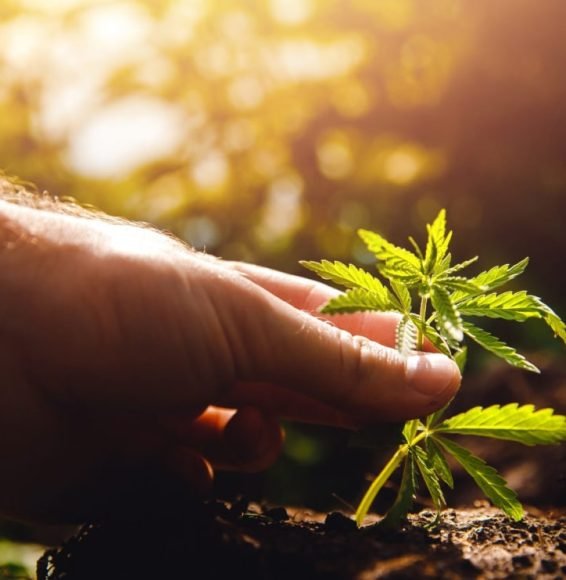Anatomy of Cannabis
To fully appreciate this fascinating plant, it is important to understand its anatomy, which consists of several components, each with unique characteristics and purposes. In this comprehensive guide, we'll delve into the anatomy of marijuana and provide examples to help you gain a deeper understanding of its structure.

Flowers
The flowers (inflorescences) are covered with tiny glands (trichomes) that are responsible for producing the resin. Trichomes include cannabinoids and terpenes, while phytomass includes chlorophyll, phytosterols, polyphenols/flavonoids, and lipids.
Leaves
The leaves are responsible, among other things, for photosynthesis and transpiration of the plant. They contain chlorophyll, are an excellent source of fiber, magnesium, calcium, phosphorus and contain antioxidant polyphenols that help protect the body from aging.
Roots: The Foundation of Life
Roots are responsible for absorbing water and nutrients, improving soil quality, and filtering water. They also have significant medicinal uses since ancient times with proven properties that address various symptoms: inflammation, pain, migraines/headaches, menstrual cramps, muscle pain, dermatitis, asthma, arthritis, acne, eczema, fibromyalgia, bronchitis, hemorrhoids, burns/cuts, stomach disorders, dysentery, sprains, fever, bleeding, and act as a diuretic.
Trunk
The main function of the trunk is to transport water and nutrients to the inflorescences and leaves. It includes the fibers and woody core that have hundreds of industrial uses, from threads and ropes to bioplastics, biofuel and particle board.
Seeds
Hemp seeds are considered a complete superfood that supports brain function, as well as the nervous and immune systems. They are the richest source of natural omega fatty acids in the entire plant kingdom. They reduce the risk of cardiovascular diseases, sciatica, osteoporosis, and diabetes. The omega-6 to omega-3 ratio in hemp seed oil is 3:1, which is considered ideal for the human body, especially for individuals dealing with chronic inflammation, such as arthritis.
Understanding the anatomy of marijuana plants is fundamental to appreciating their complex nature, potential applications, and cultivation. By exploring each component—from the roots to the bracts—we gain valuable insights into how these plants grow, reproduce, and produce the unique compounds that have garnered so much global attention. As research and interest in cannabis continue to expand, staying informed about the intricacies of this fascinating plant is essential.
